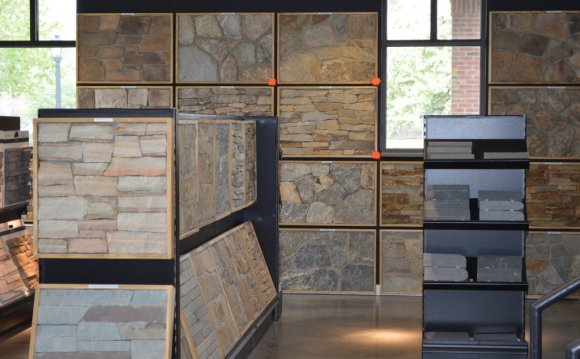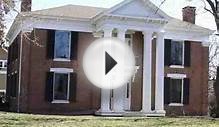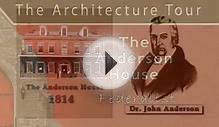
Between the years 1780 and 1830, a new nation wanted a new style of architecture, and it was named Federal.
Even though Robert Adam, an owner of the largest architectural practice in Britain, defined the style for this new America, it still pooh-poohed the English styles that had dominated the landscape under British rule. This one was modeled mostly after Roman classicism. Robert Adam had spent two years abroad studying Italian architecture and the Roman empires. He brought drawings back and published what he’d learned.
Think Renaissance. We’re talking decorative finishes such as swags, garlands and urns. Geometric shapes - ovals, circles, hexagons - were in.
Key Elements
- Front facade. The entrance of a Federal-style house screams wealth. The door is simple, but the ornamentation around it is grand.
- Columns. Tall, slender columns or pilasters frame the entrance.
- Windows. An elliptical fanlight, or fan-shaped window, tops the door, with long, rectangular windows on either side. For a final touch, a Palladian window is placed directly over the door for a symmetrical look. All other windows are symmetrically aligned as well.
- Steps. Curved steps with iron railings often lead to the entry.
- Brick. The homes are often made of brick.
Famous Examples
- The Oval Office at The White House is a perfect example of a Federal-style room.
- The University of Virginia offers a perfect example today of the Federal style of architecture. Though it’s not a house, it’s modeled after Thomas Jefferson’s Monticello. He was a big fan of the Federal style and promoted it heavily.
- Otis House Museum. This former residence was designed by Charles Bulfinch and now houses Historic New England, a historic preservation society in Boston. This particular home was one of three designed by Bulfinch for his friend Harrison Gray Otis, a one-time mayor of the city who made his fortune developing buildings on Beacon Street.
- The Davenport House. Built in 1820, this is one of the best-preserved examples of Federal-style architecture in the city of Savannah, Ga.
Practically Speaking: Hassles and Headaches
A few things to note about maintaining this style of home: It takes regular maintenance to care for the delicate, hand-carved detail and finish on these homes, both inside and out. They need regular paint jobs and repair that more often than not will require a specialized craftsman. Your local historic preservation office or chapter of the American Institute of Architects can help you find qualified professionals.
In historic homes, you’ll always find challenges when trying to modernize a home that wasn’t designed for high-tech living. And architects who specialize in historic preservation won’t even consider cutting into the structure of the building itself. They’d rather add on. So these kinds of homes may not be the best choice if you’re the type of person who wants to gut the place or blow out walls.
But for the dignified homeowner who likes order, appreciates and wants to preserve the delicate detail these homes provide, the Federal style might serve you well.
House Hunting
Wealthy sea merchants along the Eastern seaboard seemed to prefer this style, as they are abundant in port cities like Boston and Salem, Mass.; Charleston, S.C.; and Savannah, Ga. The style was also favored in cities bordering the nation’s new capitol. But it’s a style that rarely made an appearance in the Midwest, so you won’t find many there.
RELATED VIDEO












